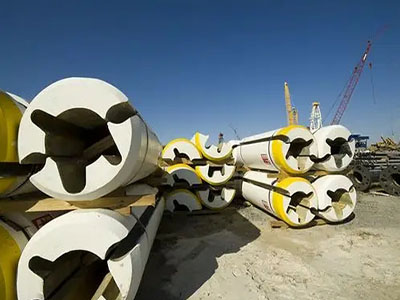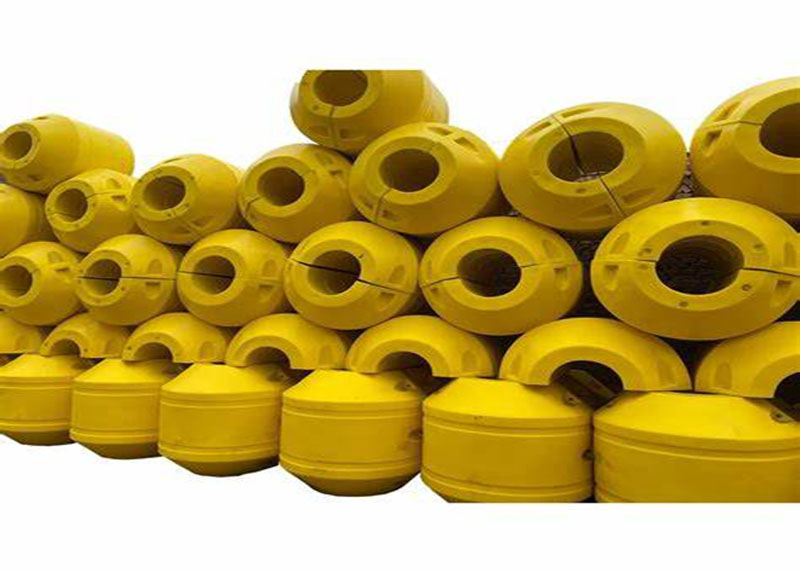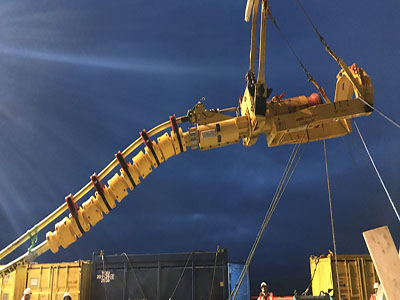Cast Iron VS Polyurethane Bend Restrictor
When comparing cast iron and polyurethane bend restrictors, we're looking at two very different materials that each have their own set of advantages and disadvantages, particularly in terms of their application as bend restrictors for cables, hoses, or pipes. Let's delve into the specifics of each material to better understand their suitability for this purpose.
Cast Iron Bend Restrictors
Advantages:
• Strength and Rigidity: Cast iron is extremely strong and rigid, making it capable of withstanding heavy loads and providing a solid barrier against bending forces.
• Durability: Cast iron is known for its long-lasting nature and resistance to wear, especially in environments where it might be exposed to abrasive materials.
• Heat Resistance: Cast iron has a high melting point and can handle high temperatures, which can be beneficial in certain industrial settings.
• Corrosion Resistance: Although not inherently corrosion-resistant, cast iron can be treated with coatings or galvanization to improve its resistance to corrosion.
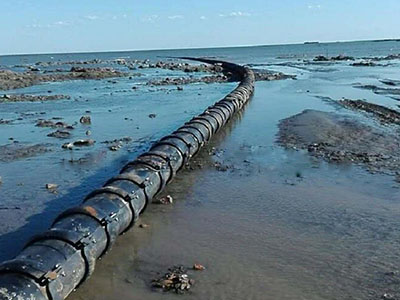
Disadvantages:
• Weight: Cast iron is heavy, which can make it difficult to handle and install, especially in applications where weight is a concern.
• Brittleness: Cast iron can be brittle, meaning it is prone to cracking under impact or in situations involving sudden changes in temperature or pressure.
• Cost: Depending on the complexity of the design and the finish required, cast iron bend restrictors can be more expensive than alternatives like polyurethane.
Polyurethane Bend Restrictors
Advantages:
• Flexibility: Polyurethane is flexible and can absorb the forces applied to cables or pipes without causing damage, making it ideal for protecting against over-bending.
• Abrasion Resistance: Polyurethane is highly resistant to abrasion, which is beneficial in environments where the bend restrictor might come into contact with rough surfaces or debris.
• Lightweight: Compared to cast iron, polyurethane is much lighter, which facilitates easier handling and installation.
• Chemical Resistance: Polyurethane is resistant to a wide range of chemicals, making it suitable for use in various industrial environments where chemical exposure is common.•Customizability: Polyurethane can be formulated with different properties, such as varying degrees of hardness and flexibility, allowing for bend restrictors that are tailored to specific applications.
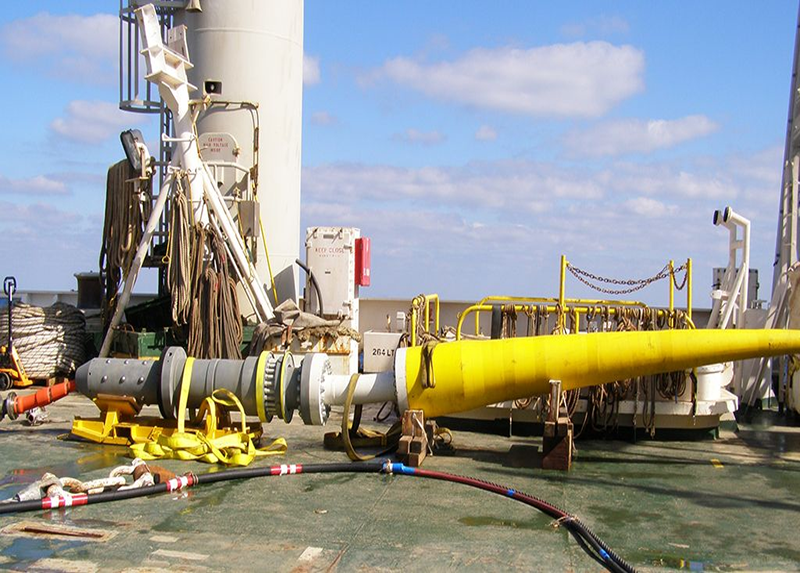
Disadvantages:
• Lower Heat Resistance: Polyurethane does not have the same high-temperature resistance as cast iron, which could limit its use in applications with high heat exposure.
• Potential Degradation Over Time: While polyurethane is durable, it can degrade over time, especially if exposed to UV light or extreme temperatures, although this can be mitigated with appropriate formulations and additives.
Conclusion
The choice between cast iron and polyurethane bend restrictors largely depends on the specific requirements of the application. Cast iron may be preferred in scenarios where extreme strength and high temperature resistance are needed, despite its weight and potential brittleness. On the other hand, polyurethane is a popular choice for its flexibility, lightweight, and resistance to abrasion and chemicals, making it ideal for protecting cables and hoses from bending damage in various environments. Ultimately, the decision should consider factors such as the type of cable or pipe being protected, the environmental conditions, and the desired service life of the bend restrictor.

